
There was a time when the foods all of us can afford today used to be luxury items that only wealthy people could buy. It’s strange to think that something as simple as salt or chocolate was once out of reach for most folks. But these foods have now become everyday staples. Here are 10 foods that were once a luxury but are now part of our daily lives.
Salt

It’s easy to take salt for granted now, but it was one of the most valuable commodities in the whole world for most of history. Before modern mining and production, salt was difficult to get and essential for preserving food. It was so useful that it waas used as currency in some civilizations. Today, we can buy it cheaply at any grocery store, but wars were fought over it in the past.
Coffee
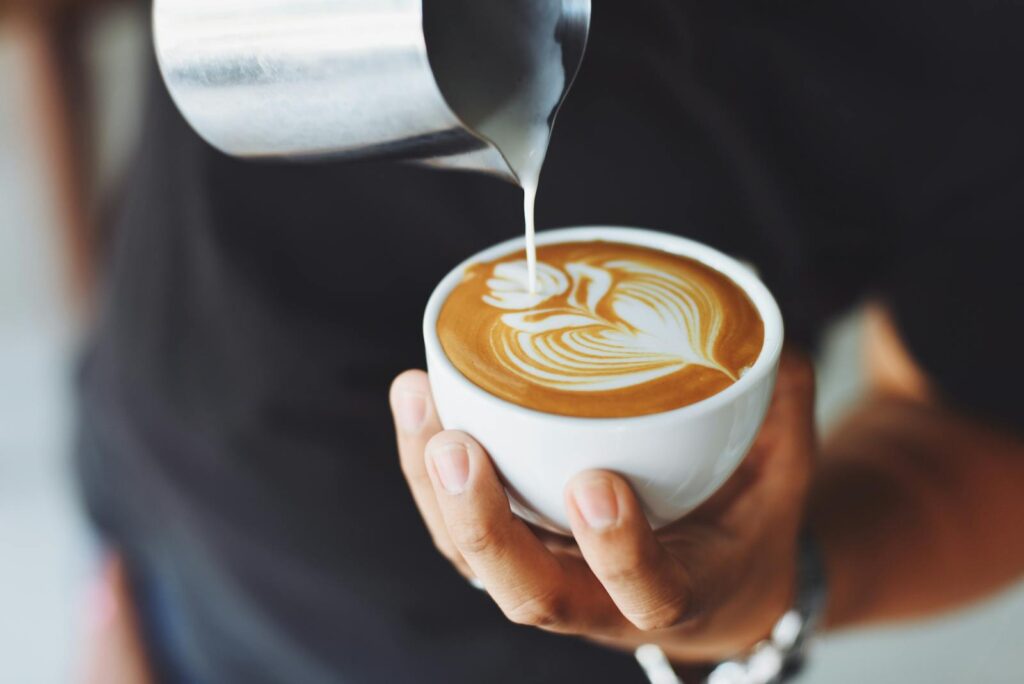
There was a time when coffee was an exotic drink that only a few wealthy people could enjoy. It was very expensive and was only consumed by aristocrats and royalty when it first arrived in Europe in the 1600s. Coffeehouses were exclusive places for intellectuals and the upper class. A cup of coffee is now something most people can easily afford and rely on to kickstart their mornings.
Chocolate
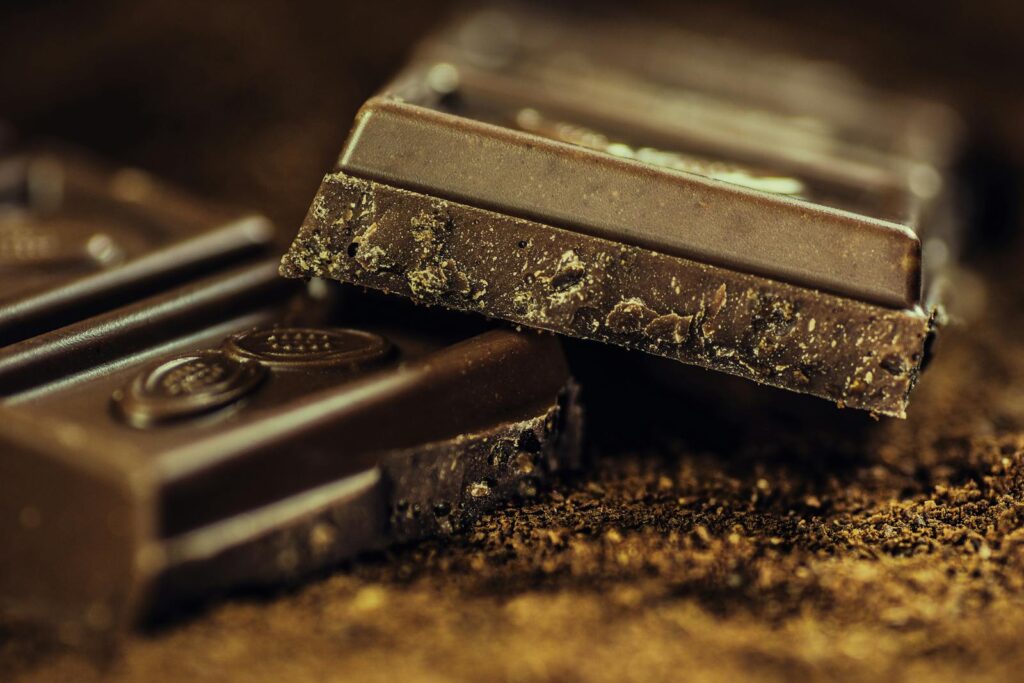
Way before chocolate became the sweet treat we all love in candy bars and brownies, it was actually considered a luxury drink that only the elite could enjoy. The Aztecs and Mayans were the first to value cacao, using it in ceremonies and even as currency. Then sugar was added to create the chocolate we know today, but it was an expensive delicacy for centuries. Now you can find chocolate literally anywhere, from vending machines to gourmet shops.
Bread

Bread is one of the most basic foods today, but that high-quality white bread was once a sign of wealth. In medieval times, the rich ate soft and fine white bread while the poor had to settle for coarse and dark loaves, which were mostly made from rye or barley. Over time, industrial milling and farming advancements made white bread accessible to everyone, turning it into a common household staple.
Tea
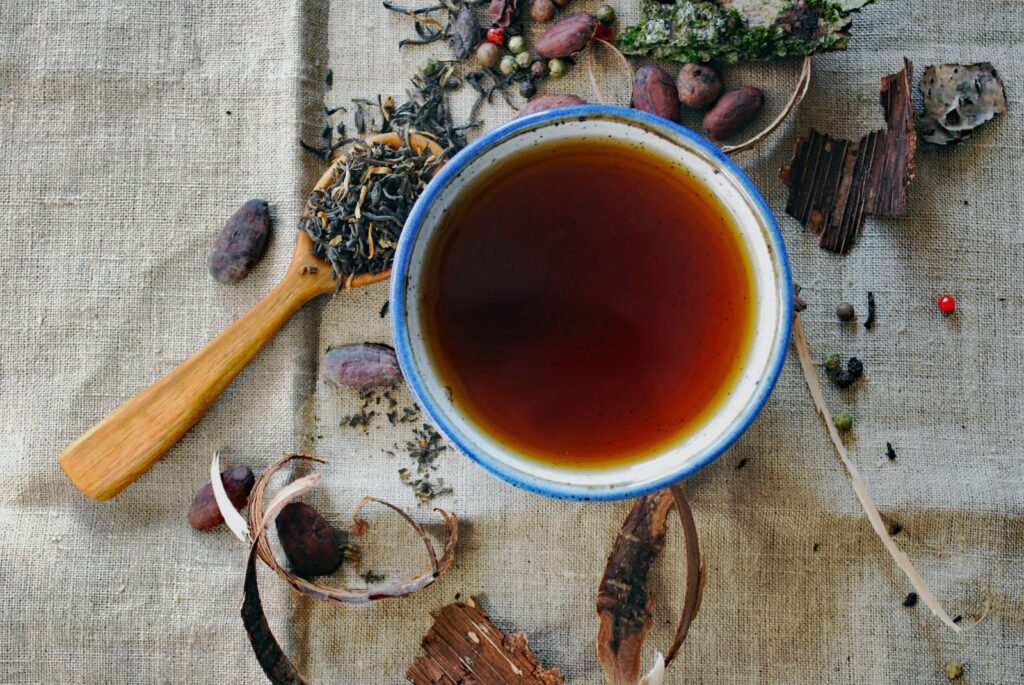
When tea first made its way from China to Europe in the 1600s, it was so expensive that only the wealthy could afford it, and it was considered such a prized possession that people kept it locked away in special tea caddies to prevent anyone from stealing it. Even in Britain, where tea is now a daily necessity, it was once a luxury drink that only a few could afford. Tea is one of the most widely consumed beverages in the world today.
Rice
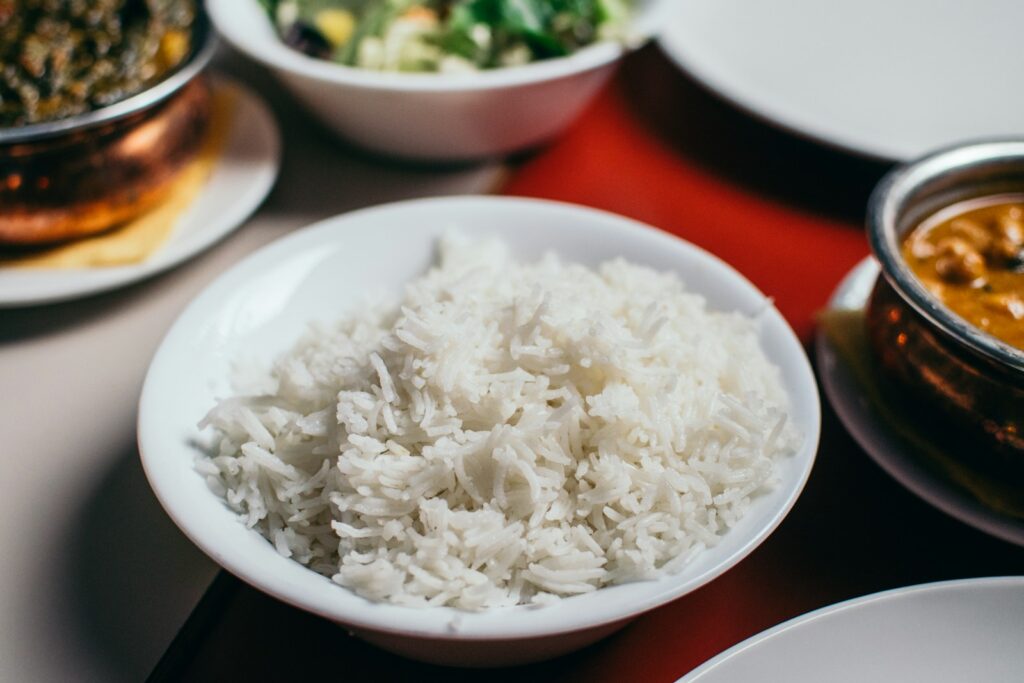
Rice is a staple food in many different parts of the world today, but there was a time when it was considered a luxury, especially in Europe, where the climate made it difficult to grow so it had to be imported. It was mainly enjoyed by the wealthy, while the poor relied on cheaper grains. Now rice is one of the most widely consumed foods on the planet.
Sugar

A few centuries ago, sugar was known as “white gold” because of how rare and expensive it was. It was originally a luxury that only rich people could afford, and it was used in very little quantity to sweeten tea or desserts. Sugar was incredibly difficult to produce, requiring intense labor and resources, and it wasn’t until large-scale plantations and advancements in industrial processing made production cheaper and more efficient that it became an everyday household staple.
Spices
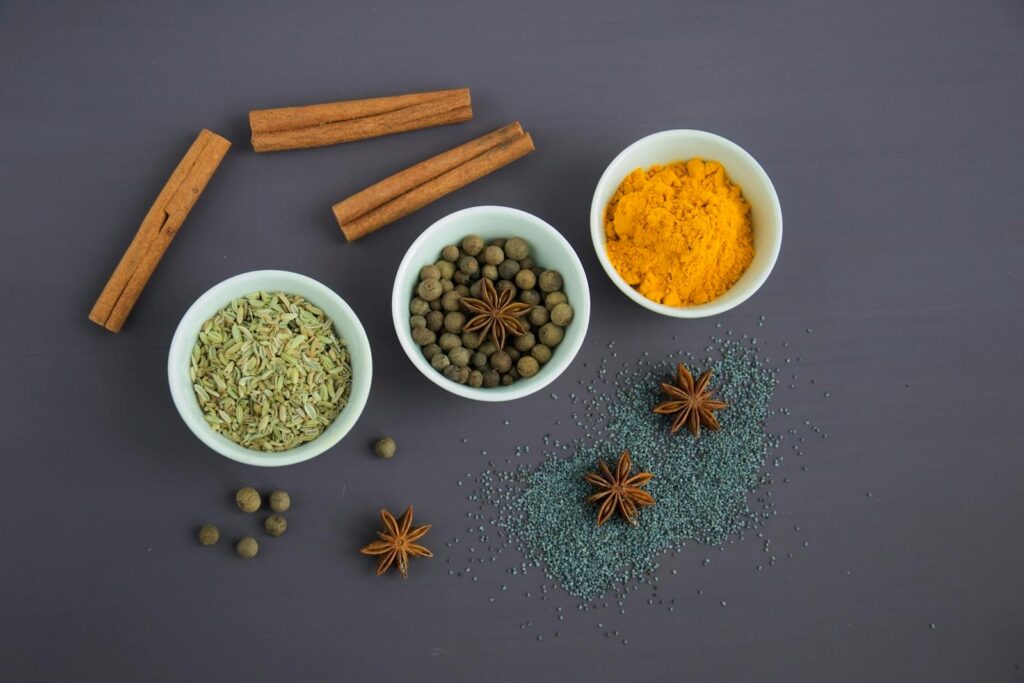
Spices like cinnamon, pepper, and cloves were so expensive that only the wealthy could afford them, and merchants had to travel across continents to trade them, with some spices even being used as currency, food preservatives, and medicine in different parts of the world. Spices are so common today that most of us don’t think twice about sprinkling some cinnamon on toast.
Potatoes
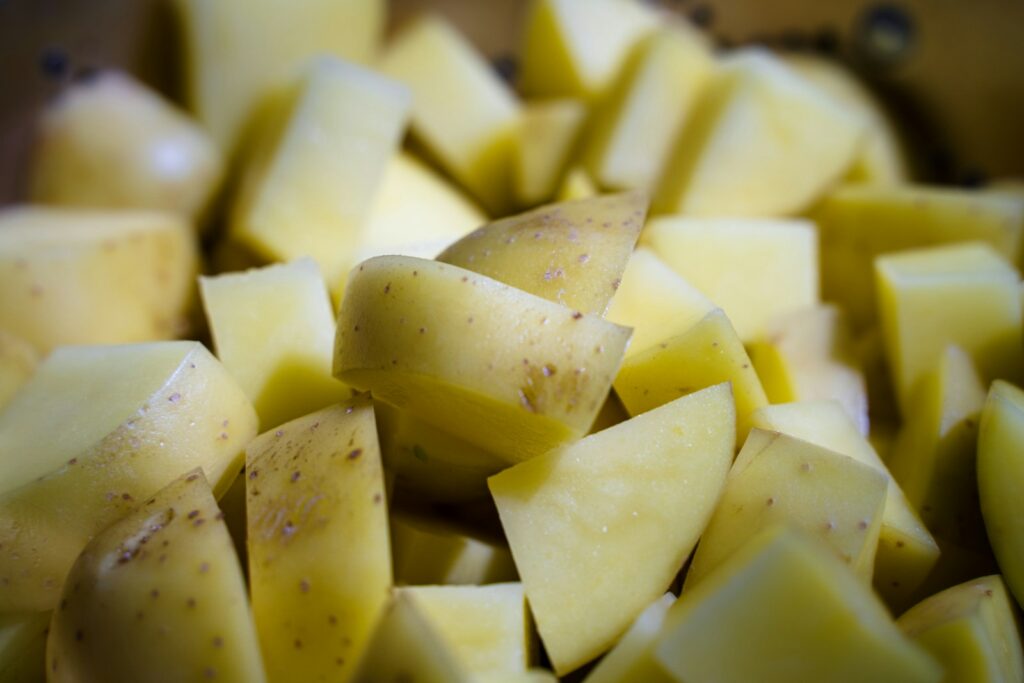
It’s hard to imagine when potatoes weren’t a cheap and common food. They were believed to be exotic when they were first introduced to Europe from the Americas. You won’t believe it, but many people were suspicious of them, and only the wealthy or royalty would consider eating them. Eventually, potatoes became a staple due to their affordability and ability to grow in many climates.
Milk
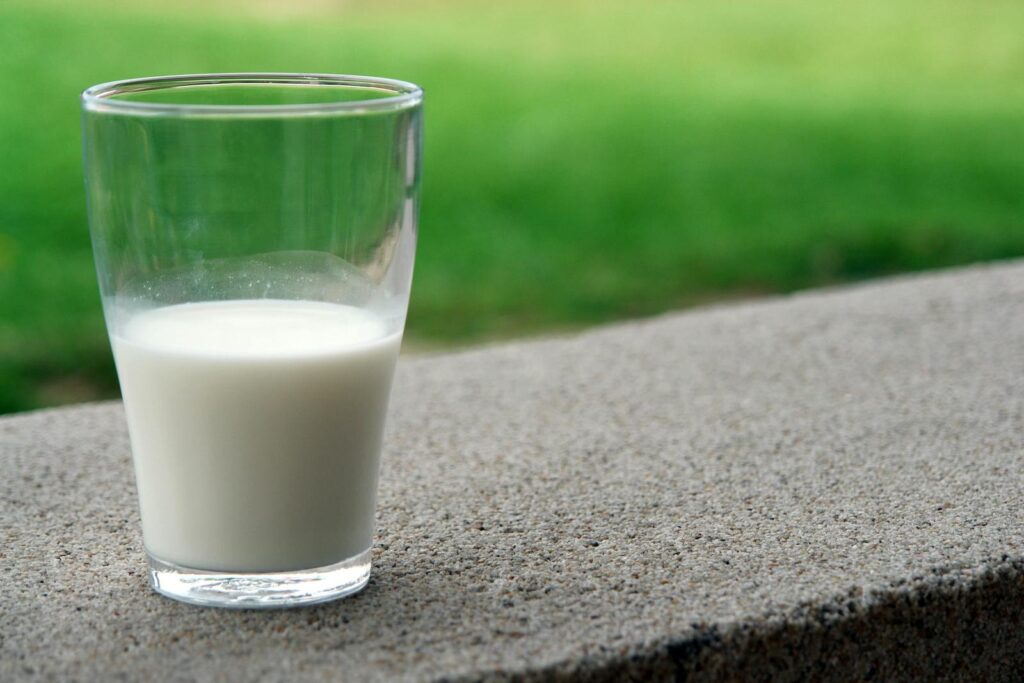
Milk is something we use every single day, but there was a time when only the rich could afford fresh dairy. Milk spoiled quickly and was difficult to transport before refrigeration and modern dairy farming. Many people relied on alternatives like watered-down beer or porridge. Once pasteurization and refrigeration became widespread, milk became a common and affordable part of people’s diets.
Leave a comment